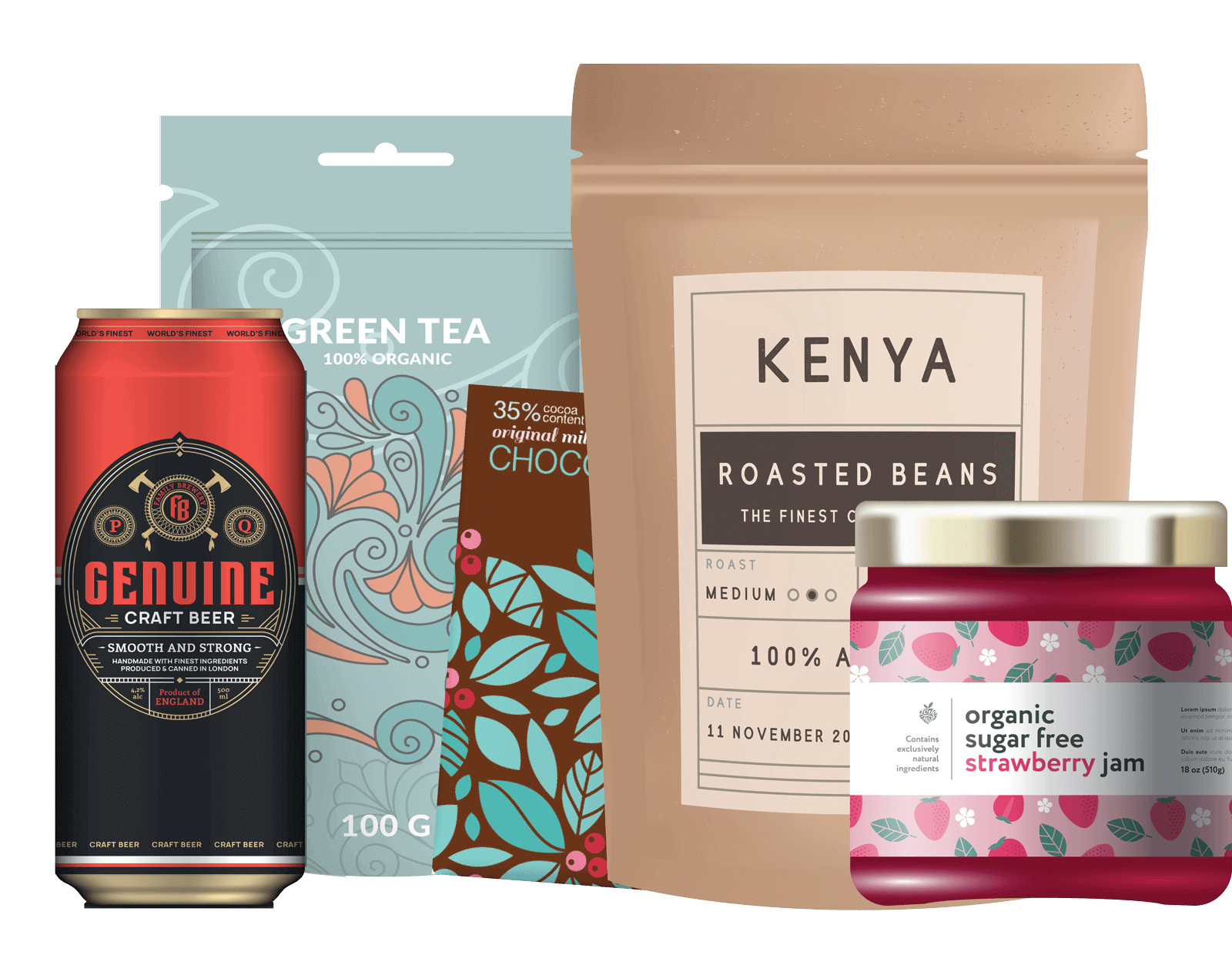Packaging closures are an important piece of the total packaging solution. All bottles, jars and even some flexible packages require a closure to seal the contents of what is inside. Closures perform a variety of functions based on the size and contents of the container they are sealing. A closure is typically used to seal a container after the initial opening in order to preserve the product for use at a later time. Closures also assist in the dispensing of the product.
There are so many variations to closures that it can be a lot to take in. In case you missed it, we did a previous “Closures 101” article you can reference. This article expands on that with more in-depth information and a few tips to help you sort out your options.

Common Types of Closures and Uses
Deciding what packaging closures you should use depends on the contents being packaged, along with how the consumer will be using the product. Be sure to consider any regulations that could apply to your product, and do not forget to optimize your packaging for the customer’s experience and the shelf appeal of your products.
- CT – Continuous Thread Closures: These are the most basic and commonly used packaging closure. They pair with a container that has a continuous spiral protruding on the outside of the finish or neck, as the closure itself has a thread on the inside of it. These are typically used across a number of industries including food, household items, pet products, and health & beauty.
- CR or CRCs – Child Resistant Closures: These are typically used for products that are required by the Consumer Product Safety Commission to be packaged in child-resistant packaging. That means the packaging must be significantly difficult for children under five years old to open within a reasonable amount of time, while not being overly difficult for a typical adult to use properly. These are typically used for pharmaceuticals and chemical products.
- TE – Tamper Evident Closures: These are used when the closure has to provide assurance that the original product is intact. These are very common in the food, beverage, and health and beauty industries. These also provide anti-counterfeiting protection for over-the-counter (OTC) pharmaceuticals and nutraceuticals.
Suggested Blog: Tamper Evident Packaging: Ensuring Safety & Security - Dispensing Closures: These are used to control the amount of product that gets dispensed when used. They are commonly used for food, household and health and beauty products. There are dispensing closures better suited for dry products like spices and fertilizers and those best suited for liquids of varying viscosities. Sprayers and pumps are also types of dispensing closures, though they can sometimes be in their own closures category as well.
- Bar Top / T-Top Closures: These types of closures are commonly used for spirits and specialty foods. The top part of their closure can be made of plastic, wood, metal, or glass while the bottom part is typically natural or synthetic cork.
Additional Considerations
The right closure is a critical part of your packaging solution. A lot of these packaging closures have variations to consider like:
- Different size and color options
- Lined and unlined options – where liner specifications can also vary by industry
- Custom decorations – such as printing, hot stamp, debossing
There are so many possibilities to consider, and it is always important for manufacturers to test the compatibility of their preferred closure with their container.We have over 130 years helping our clients determine the best solution for their packaging needs. We also have over 500 different closures on our website to give you some ideas to start with. We will always provide you with options and choices based on your product and budget.




